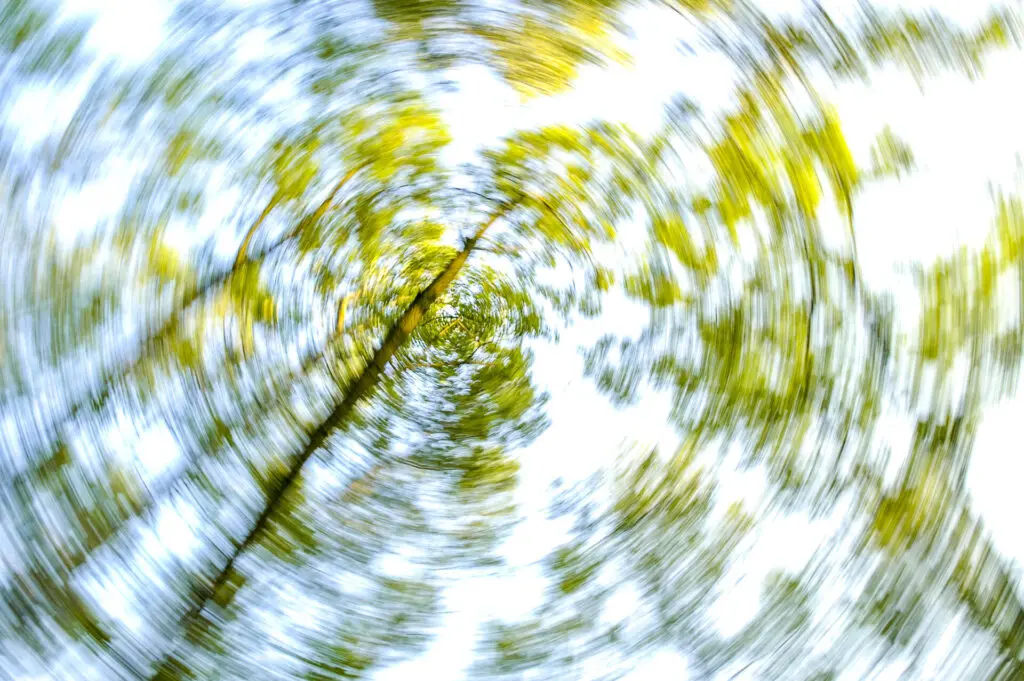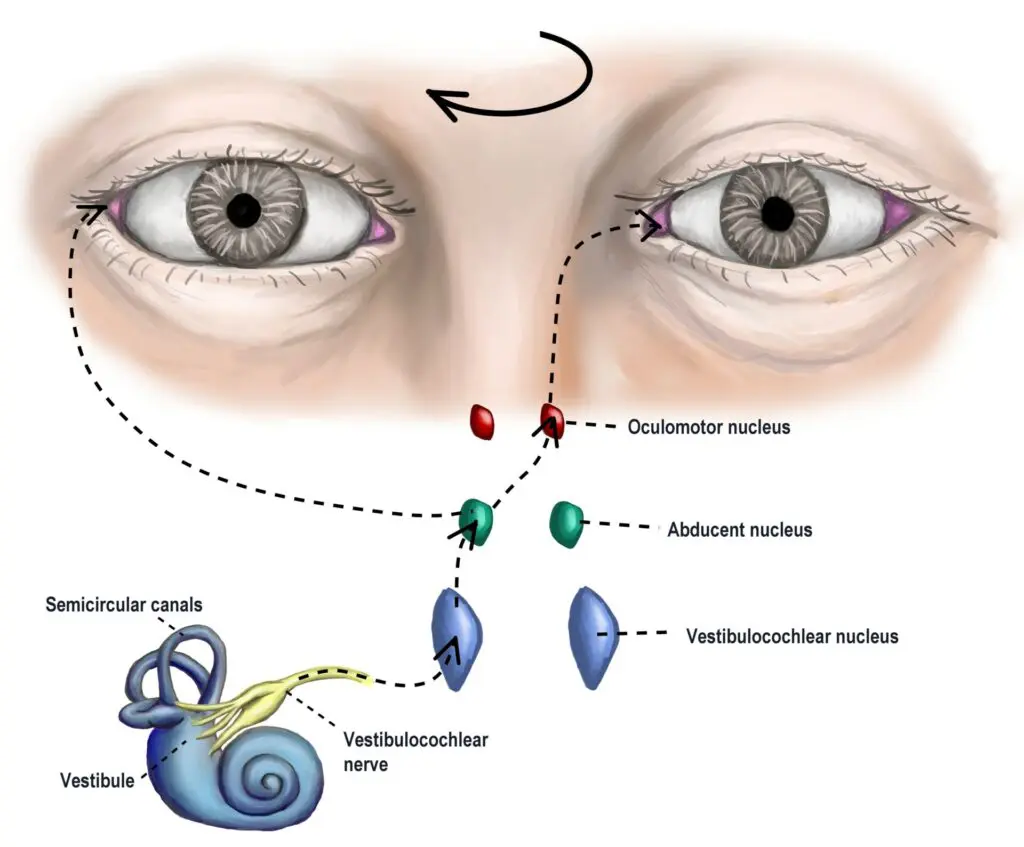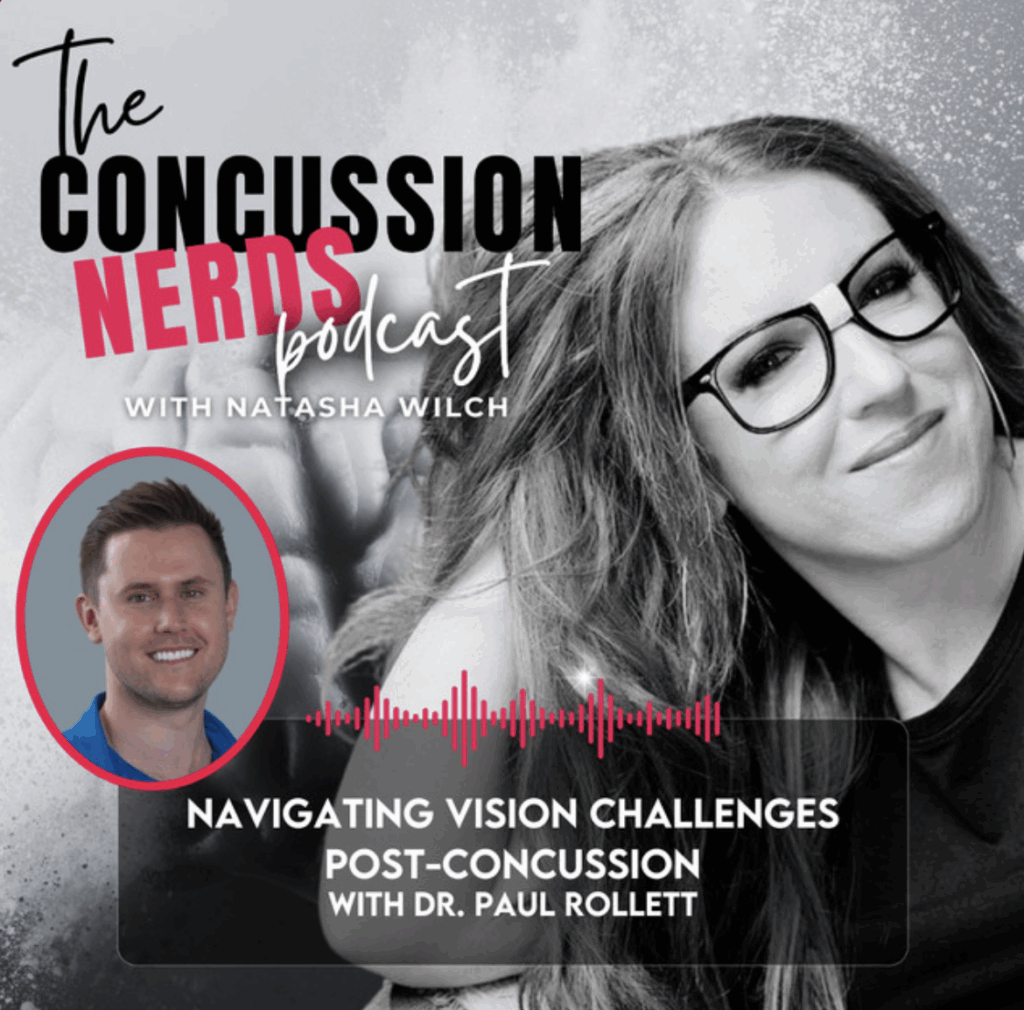Today we’re delving into a topic that sits at the intersection of two fascinating realms: vision and dizziness. As we embark on this exploration, let’s unravel the intricate dance between our visual system and the disconcerting sensation of dizziness.
The Visual Symphony: A Synchronized Performance
Picture this: your eyes, the unsung heroes of your body’s orchestra, working tirelessly to provide a seamless, synchronized performance.
Our visual system is a marvel, a complex symphony of intricate movements and delicate balances. Yet, when this symphony encounters discord, the consequences can reverberate far beyond what meets the eye.

Vision as the Maestro of Equilibrium
In the symphony of our senses, vision holds the baton in maintaining equilibrium. The eyes communicate with the brain, providing a constant stream of information about our surroundings. This visual input is crucial for spatial orientation, depth perception, and maintaining a stable perception of our environment.
Imagine yourself standing at the edge of a cliff. Your eyes perceive and process the depth, distance, and potential hazards. This precise interpretation of visual cues helps us navigate the world without stumbling or losing our balance.
The Choreography of Dizziness: A Disruptive Intruder
Now, let’s introduce the disruptor: dizziness. This seemingly innocuous sensation can range from a mild lightheadedness to a spinning, disorienting experience. Our eyes are important for causing and relieving dizziness.
Consider this scenario: you’re engrossed in a book, and as you look up, the world seems to sway. Or perhaps you’re in a crowded space, and the sheer visual complexity of the environment triggers a sense of imbalance. These scenarios show how vision and dizziness intertwine, with each influencing the other in a symbiotic relationship.
The Visual-Vestibular Connection: Where Eyes and Inner Ear Converge
To comprehend the depth of this relationship, we must turn our attention to the vestibular system—the body’s internal gyroscope located in the inner ear. This system, responsible for spatial orientation and balance, collaborates closely with our visual system.
Picture a tightrope walker, carefully navigating their path. The visual input of the rope’s placement, combined with the vestibular feedback of body position, allows for a graceful, balanced stroll. When this collaboration falters, however, the result can be a dizzying affair.
 Straining the Harmony: How Vision-Related Issues Trigger Dizziness
Straining the Harmony: How Vision-Related Issues Trigger Dizziness
Now, let’s zoom in on how vision-related issues can strain this harmonious collaboration, leading to episodes of dizziness.
1. Refractive Errors and Dizziness:
Refractive errors, such as nearsightedness or farsightedness, can disrupt the seamless flow of visual information. When the eyes struggle to focus, the brain receives conflicting signals, potentially causing dizziness. Regular eye examinations and corrective lenses can often alleviate this issue.
2. Binocular Vision Disorders:
The perfect synchronization of our eyes, known as binocular vision, is crucial for depth perception. Disorders that hinder this coordination can lead to visual discomfort and dizziness. Vision therapy, a specialized approach, aims to enhance these skills and restore equilibrium.
3. Convergence Insufficiency:
Imagine the strain of trying to bring two distant objects into focus. Convergence insufficiency, a condition where the eyes struggle to work together at close distances, can induce eye strain and dizziness. Vision therapy exercises can effectively address and improve this challenge.
Vision Therapy: A Rehabilitative Ballet for the Eyes
In the realm of vision and dizziness, vision therapy emerges as a rehabilitative ballet for the eyes. This specialized form of therapy targets the underlying visual issues contributing to dizziness, aiming to restore harmony to the visual symphony.
1. Eye Exercises for Coordination:
Vision therapy often involves a series of exercises designed to improve eye coordination. These exercises challenge the eyes to work together seamlessly, fostering a more robust and synchronized visual experience.
2. Visual Tracking and Focus Training:
Smooth visual tracking and the ability to shift focus are essential for equilibrium. Vision therapy may incorporate exercises that enhance these skills, reducing the likelihood of dizziness triggered by visual disruptions.
3. Environmental Adaptation Techniques:
Vision therapy extends beyond the clinic, empowering individuals to adapt to their environments better. Techniques for managing complex visual scenarios can minimize the onset of dizziness in day-to-day life.
The Ripple Effect: Beyond Dizziness to Overall Well-Being
As we navigate the intricate landscape of vision and dizziness, it’s crucial to recognize the broader impact of this symbiotic relationship on our overall well-being.
1. Mental Fatigue and Cognitive Load:
Struggling with vision-related challenges can impose a significant cognitive load. The brain works tirelessly to compensate, leading to mental fatigue. Vision therapy not only addresses dizziness but also alleviates this cognitive burden, promoting mental clarity and focus.
2. Emotional Well-Being:
Living with persistent dizziness can take an emotional toll. Anxiety and frustration often accompany these episodes. By addressing the root visual causes, vision therapy contributes not only to physical equilibrium but also to emotional well-being.
3. Enhanced Quality of Life:
A world perceived through clear and coordinated vision is a world with fewer barriers. Vision therapy, by enhancing visual skills, opens up new possibilities and enriches the overall quality of life.
 Closing Thoughts: A Clearer Vision for a Balanced Life
Closing Thoughts: A Clearer Vision for a Balanced Life
In the symphony of our senses, the eyes conduct a melodious dance with equilibrium. Understanding the profound impact of vision on dizziness unveils a pathway to a clearer, more balanced life.
As we navigate this intricate dance, let’s remember that the pursuit of visual well-being extends far beyond the alleviation of dizziness—it encompasses a harmonious existence where every movement, every step, is guided by the clarity of our sight.
Until next time, may your vision be clear, and your steps be steady. Feel free to reach out!
Dr. Paul Rollett, OD, FCOVD


 Straining the Harmony: How Vision-Related Issues Trigger Dizziness
Straining the Harmony: How Vision-Related Issues Trigger Dizziness Closing Thoughts: A Clearer Vision for a Balanced Life
Closing Thoughts: A Clearer Vision for a Balanced Life

